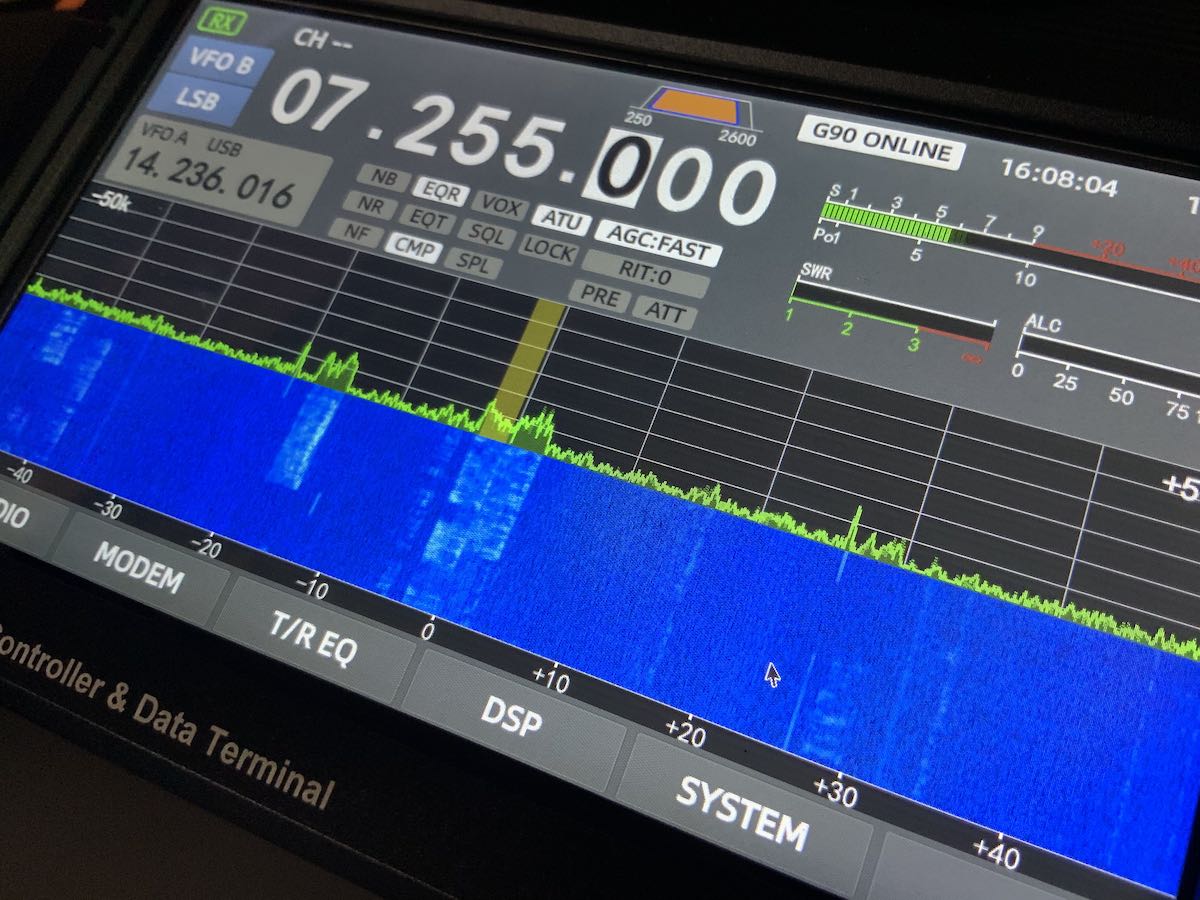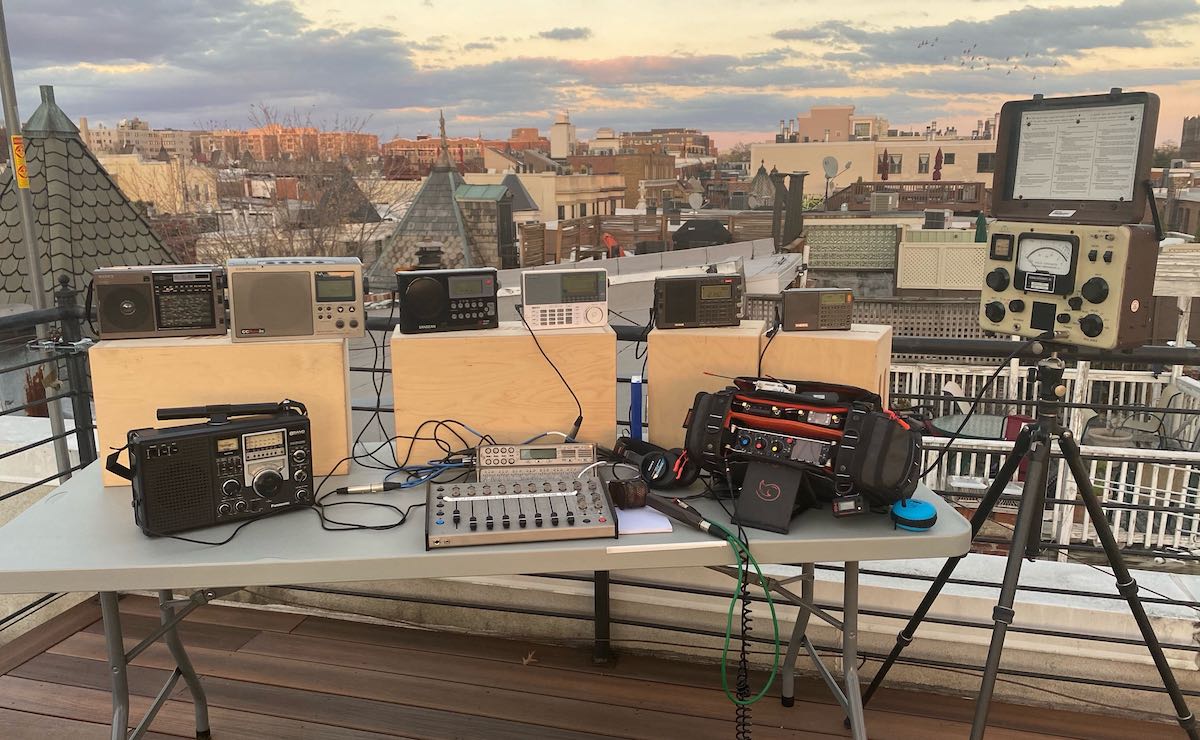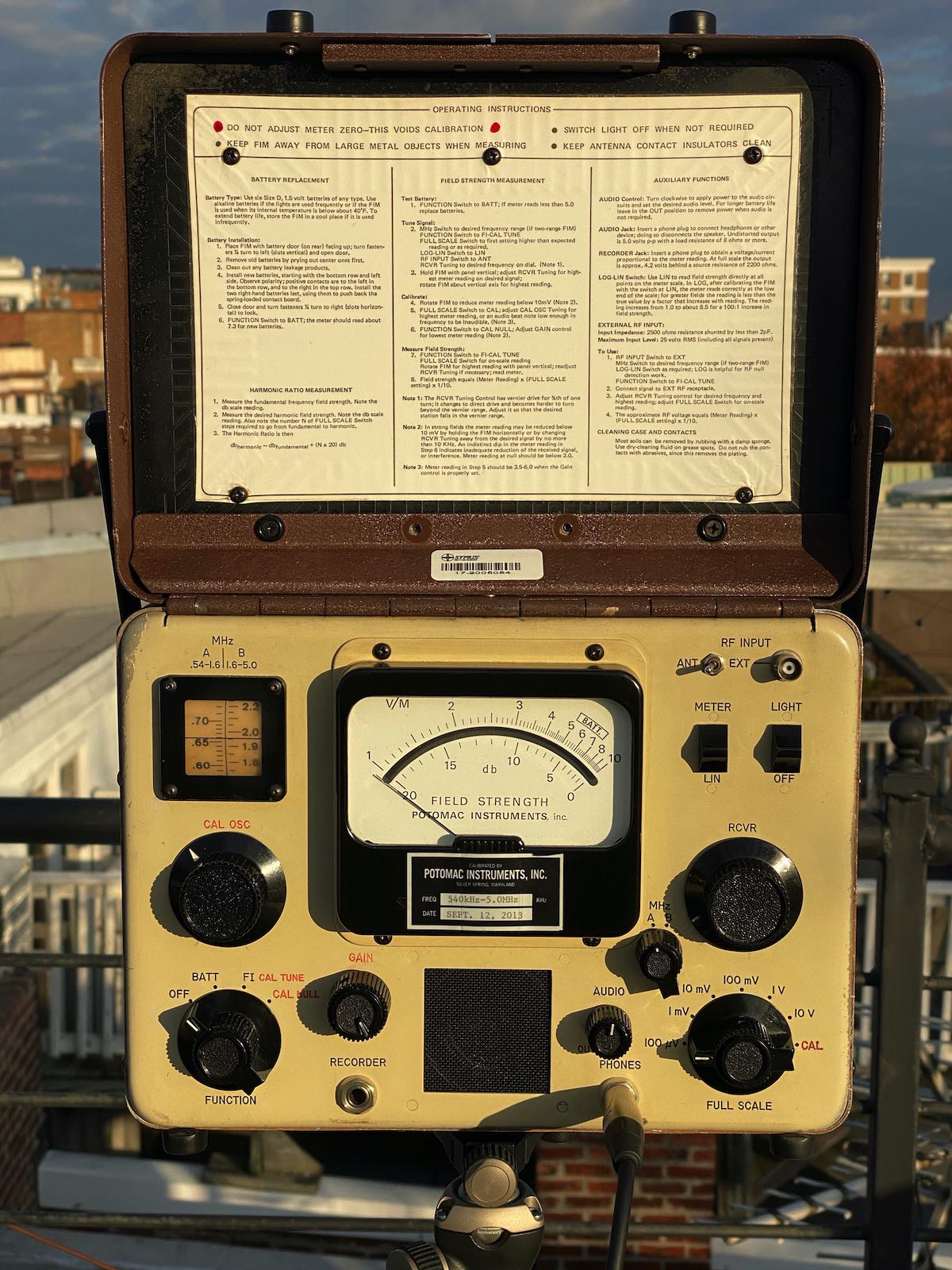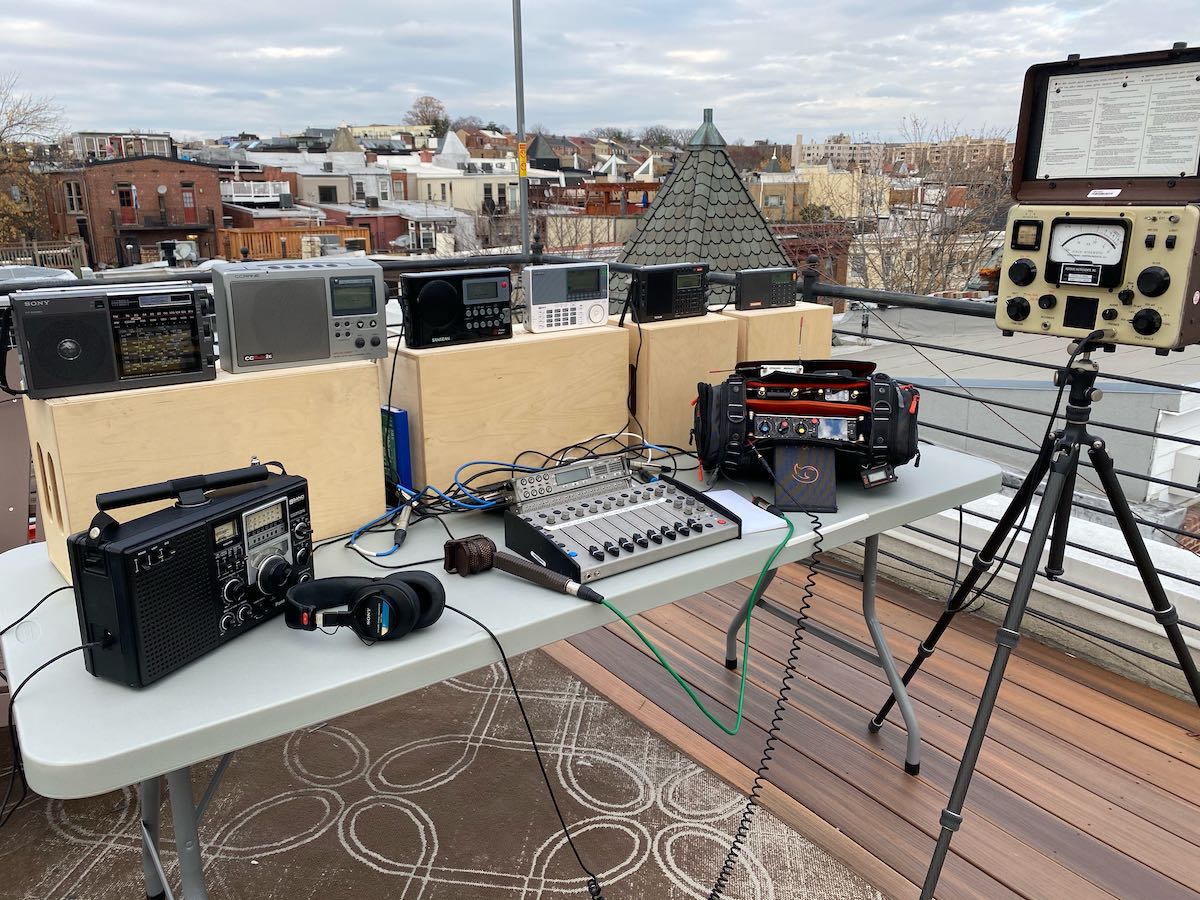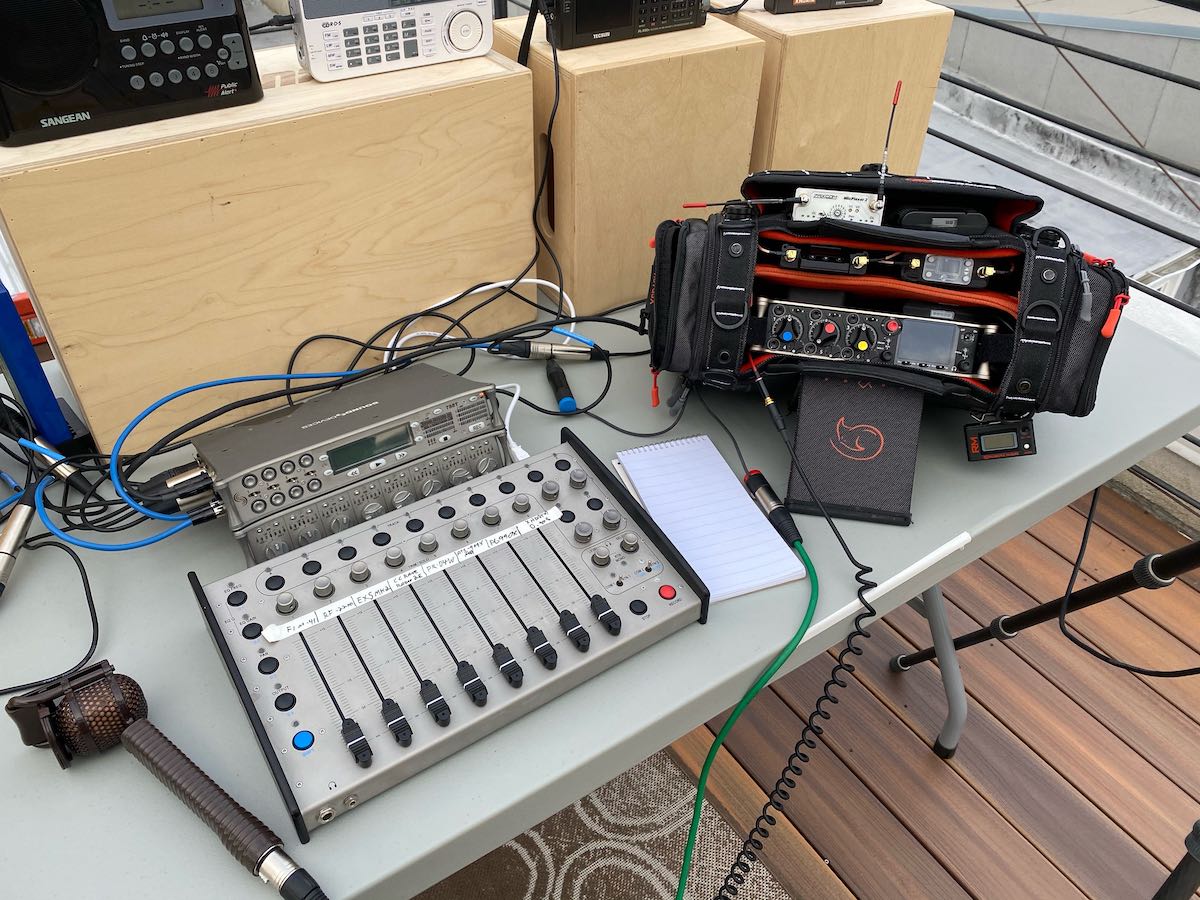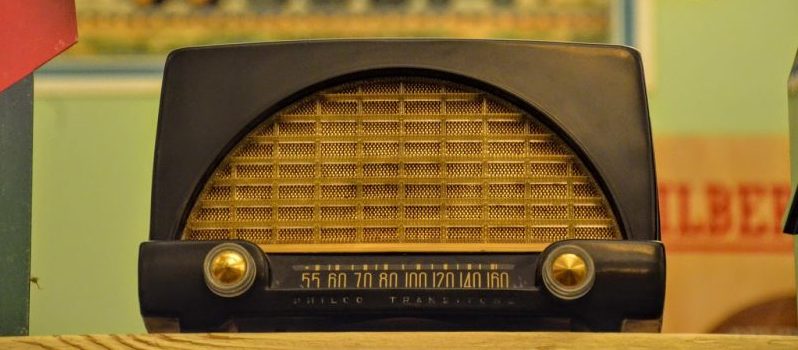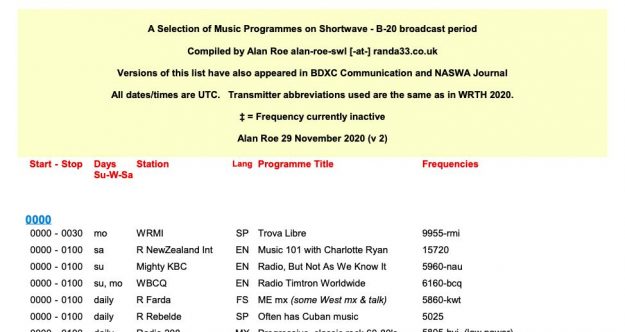 Many thanks to SWLing Post contributor, Alan Roe, who shares his latest update to his B20 season guide to music on shortwave.
Many thanks to SWLing Post contributor, Alan Roe, who shares his latest update to his B20 season guide to music on shortwave.
Monthly Archives: November 2020
Radio Deals: C.Crane Cyber Monday Sale
Radio Deals: Radioddity Cyber Monday and Flash Sale
 I just received an email announcement from Radioddity noting their holiday sale which lasts through November 30, 2020. Much of their inventory has been discounted.
I just received an email announcement from Radioddity noting their holiday sale which lasts through November 30, 2020. Much of their inventory has been discounted.
They’ve also added “Flash Sale” packages which include the Xiegu G90, Xiegu X5105, and the new GSOC. If you’ve been considering the purchase of any of these items, I’d encourage you to check them out:
- Xiegu G90 + GSOC + Holder + CE-19 + PAX100 + LPFX7: $999 US
- Xiegu X5105 + CE919 + Watch: $519.99
- Xiegu GSOC + Wrist Watch: $449
The flash sale begins at 8 AM EST, November 30, 2020, and quantities on the packages are limited. Click here to check out Radioddity.
Xiegu GSOC Update
I’ll post more about this in the coming days, but I updated the firmware in the GSOC controller this weekend and am now testing the new functionality. A few features have been added and a few bugs fixed. I’m still finding CW operation a bit tricky–I believe there may still be some latency in the sidetone audio. For updates, follow the tag: GSOC
Reminder: Top 10 DX of the Year SWL Contest starts December 1, 2020
 Many thanks to SWLing Post contributor, Istvan Biliczky, who writes:
Many thanks to SWLing Post contributor, Istvan Biliczky, who writes:
We would like to remind you that the TOP 10 DX OF THE YEAR contest will start soon.
From 1 December 2020. 00:00 UTC to 31 December 2020 24:00 UTC The contest is open for all shortwave listeners and free of charge.
All the information is available on our website: www.topdx-radioclub.com/top10dx.html
It is our pleasure to welcome you among the competitors so we are expecting you.
Best of luck and outstanding DX receptions to you.
Very best wishes,
Istvan Biliczky
Contest Manager
Top DX Radioclub
Thanks for the reminder, Istvan!
Matt’s Monster Mediumwave Radio Selectivity Shootout!
Many thanks to SWLing Post contributor, Matt Blaze (WB2SRI), for sharing another brilliant audio comparison featuring benchmark portable radios:
Medium wave selectivity shootout
by Matt Blaze
I did another monster medium wave portable receiver comparison, this time with the aim of comparing receivers’ ability to deal with weak signals in the presence of strong adjacent channels.
Once again, I went up to the roof with eight MW portables with built-in antennas and recorded them simultaneously along with my “reference signal”, from an Icom R-9500 with an active loop on the roof. As before, I recorded a narrated stereo mix with the Icom on the left and the rotation of radios for a minute or two each on the right, but have “solo” tracks available for the full time for each radio. The nine receivers in the lineup this time included:
- Icom R-9500 (with amplified Wellbrook loop antenna on roof)
- Potomac Instruments FIM-41 Field Intensity Meter (my personal favorite)
- Panasonic RF-2200
- Sony IC-EX5MK2
- C.Crane Radio 2E
- Sangean PR-D4W
- Sangean ATS-909X
- Tecsun PL-990X
- XHDATA D-808
I recorded two signals, one at night and one during the day.
Nighttime Signals
The first was at night: WWL New Orleans on 870 KHz. This signal is usually weak to medium strength here, but is a challenge for two reasons: first, it shares the frequency with Cuba’s Radio Reloj, and it is squeezed between two much higher strength signals: Toronto’s CJBC on 860, and NYC’s WCBS on 880. So you need a decent receiver and careful antenna orientation to receive it well here. That said, everything did pretty well, though you can see that some radios did better than others.
The mix
Solo tracks
Icom IC-R9500
Potomac Instruments FIM-41 Field Intensity Meter
Panasonic RF-2200
Sony IC-EX5MK2
C.Crane Radio 2E
Sangean PR-D4W
Sangean ATS-909X
Tecsun PL-990X
XHDATA D-808
Daytime Signals
The second signal was during the day and was MUCH more marginal: WRJR Claremont, VA on 670 KHz. This was real challenge for any receiver and antenna. The signal was weak, and overshadowed by WCBM Baltimore on 680, a 50KW daytimer that is very strong here. (I’m not 100% sure that we were actually listening to WRJR – I never got an ID, but the station format and signal bearing was right). We can really hear some differences between the radios here.
The mix
Solo tracks
Icom IC-R9500
Potomac Instruments FIM-41 Field Intensity Meter
Panasonic RF-2200
Sony IC-EX5MK2
C.Crane Radio 2E
Sangean PR-D4W
Sangean ATS-909X
Tecsun PL-990X
XHDATA D-808
Everything (except the Icom) was powered by batteries and used the internal MW wave antenna, oriented for best reception by ear (not just maximizing signal strength, but also nulling any interference). The loop for the Icom was similarly oriented for best intelligibility.
For audio nerds: The recording setup involved a lot of gear, but made it fairly easy to manage capturing so many inputs at once. The portable radios were all connected to a Sound Devices 788T recorder, with levels controlled by a CL-9 linear mixing board control surface. This both recorded the solo tracks for the portables as well as providing a rotating mix signal for each receiver that was sent to the next recorder in the chain, a Sound Devices 833. The 833 received the mix audio from the 788T, which went directly to the right channel. The left channel on the 833 got audio from a Lectrosonics 822 digital wireless receiver, which had the feed from the Icom R-9500 in the shack (via a Lectrosonics DBu transmitter). The center channel on the 833 for narration of the mix, which I did with a Coles 4104B noise-canceling ribbon mic. This let me record fairly clean audio in spite of a fairly noisy environment with some wind.
All the radio tracks were recorded directly off the radios’ audio line outputs, or, if no line out was available, from the speaker/headphone jack through a “direct box” interface. I tried to make the levels as close to equal as I could, but varied band conditions and different receiver AGC characteristics made it difficult to be completely consistent.
Making the recordings was pretty easy once it was set up, but it did involve a turning a lot of knobs and moving faders in real time. I must have looked like some kind of mad scientist DJ to my neighbors, some of whom looked at me oddly from their own roofs.
Happy Thanksgiving weekend!
Thank you, Matt, for another brilliant audio comparison! I appreciate the attention and care you put into setting up and performing these comparisons–not an easy task to say the least. That Potomac Instruments FIM-41 is an impressive machine!
By the way, I consider it a badge of honor when the neighbors look at me as if I’m a mad scientist. I’m willing to bet this wasn’t your first time! 🙂
Post readers: If you like this audio comparison, please check out Matt’s previous posts as well:
- Matt’s Marathon MediumWave Matchup
- Matt’s mediumwave audio comparison of the C.Crane Radio 2E and the Potomac Instruments FIM-41
- Matt compares the Tecsun PL-990 and Sangean ATS-909X sharing an external antenna
- Matt compares the Tecsun PL-990 to the Icom IC-R9500 on an external antenna and the results are surprising
Radio Deals: Paul notes discounts at Circuit Specialsts and $800 off the flagship Yaesu FTDX101D
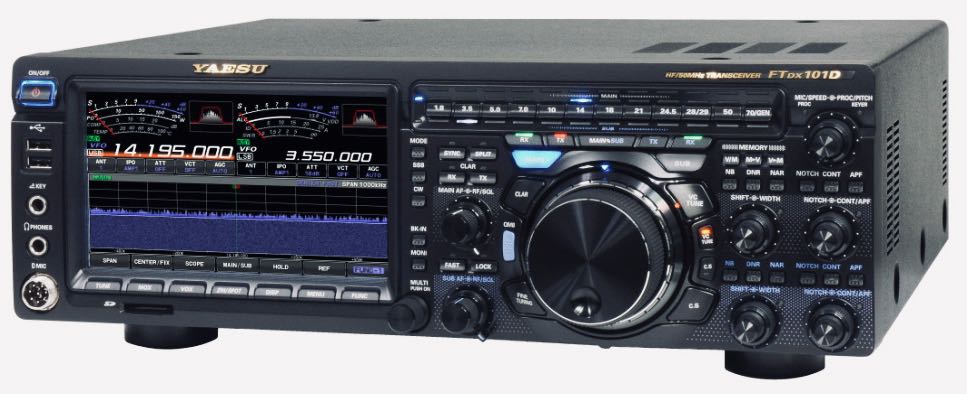 Many thanks to SWLing Post contributor, Paul Evans, who passes along the following tips:
Many thanks to SWLing Post contributor, Paul Evans, who passes along the following tips:
Circuit Specialists have started Black Friday, but only 10% off everything.
The code fer Circuit Specialists is CYBER2020
at checkout…10% off everything until midnight Monday.
There’s also a raffle for free 100MHz 2x DSOs and some pen style 25MHz
DSOs fer each purchase made during the time of the sale.
Click here to browse Circuit Specialists online.
Yaesu have $800 off the FTDX101D ($3050 instead of $3850!) inc. free shipping, of
course.
Check out FTDX101D pricing at Gigaparts, DX Engineering, and Ham Radio Outlet.
Thank you for the tips, Paul. Wow–if I had the funds, I would jump on the FTDX101D! Could Father Christmas be that generous–? One can dream! 🙂
Happy Thanksgiving
Here in the States, we’re celebrating Thanksgiving today. It’s my favorite holiday because it’s all about giving thanks and spending time with friends, family, and eating some amazing food. Of course, it’ll be a bit different this year as families opt to meet virtually in an effort to stop the spread of Covid-19.
I believe we radio enthusiasts, who are used to meeting wirelessly, are especially adept at making this work. Besides, nothing can stop us from being grateful!
Speaking of giving thanks, thank you dear readers for making the SWLing Post such a welcoming community to radio enthusiasts of all stripes. The SWLing Post is a true labor of love, and it’s an honor to serve it up to you!
I’d especially like to thank our Sponsors, Patrons, Producers, Executive Producers and Coffee Fund contributors. Your financial support helps keep this a dynamic radio space over the long haul!
You all make this a terrific place for everything radio!



